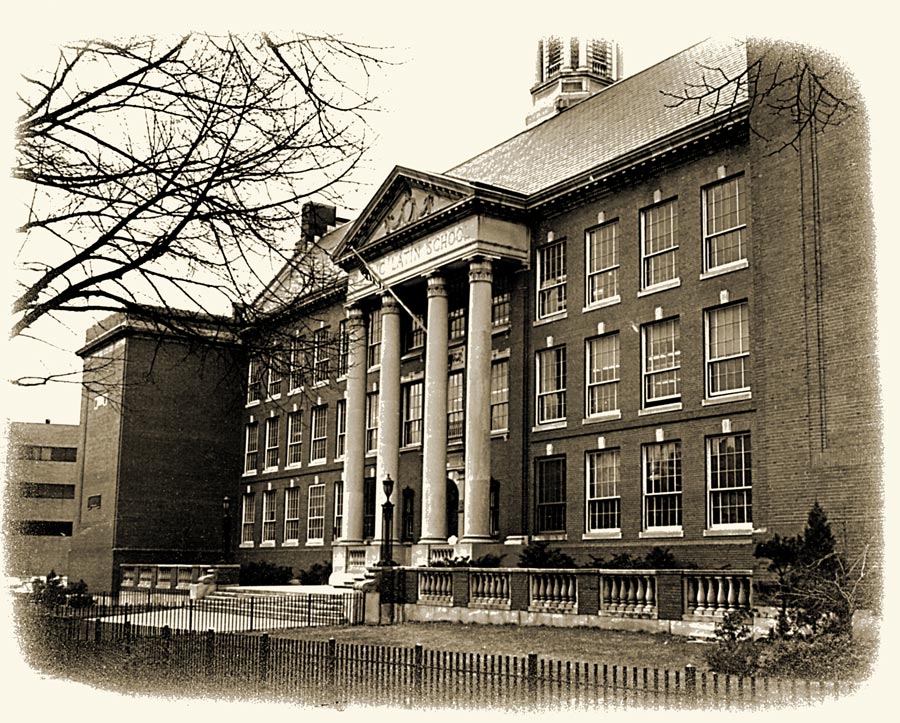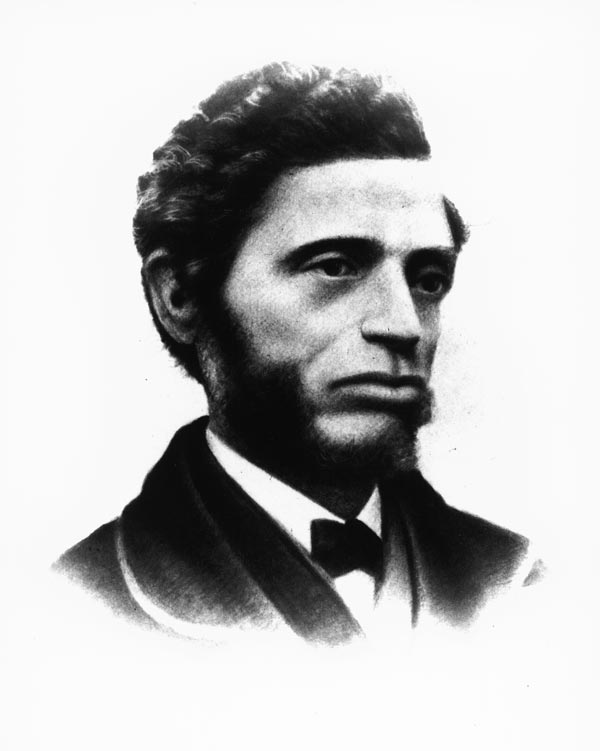Education & the Massachusetts Courts
African Americans historically have struggled to gain equal educational opportunities. Initially denied any public education, blacks in Boston and a few other Massachusetts communities later attended racially segregated public schools. In the mid-1800s, racial segregation in Boston public schools was challenged, but the Supreme Judicial Court upheld the practice. Only after intense lobbying from the black community and their white abolitionist allies did the state legislature enact a law in 1855 finally prohibiting segregation in Boston public schools.
In 1972, African Americans sued in the Federal Court to reverse the racial segregation that had returned to the Boston public school system, and they succeeded. In the 1990s, lawsuits challenged the decision of the Federal Court, and the justice system remained under increasing pressure to dismantle the successes of the 1970s.




